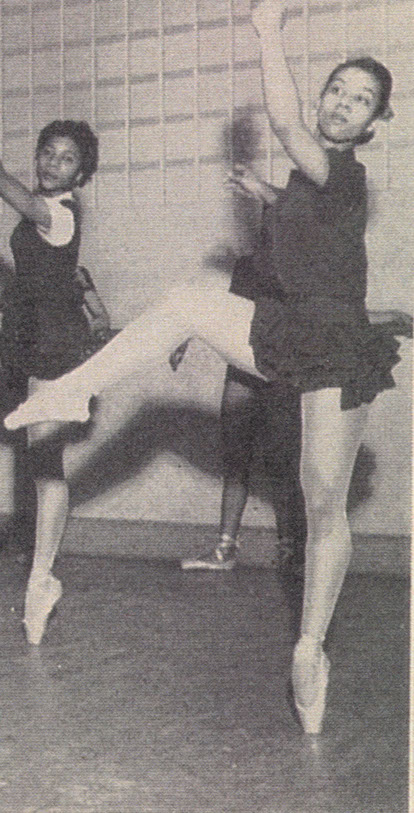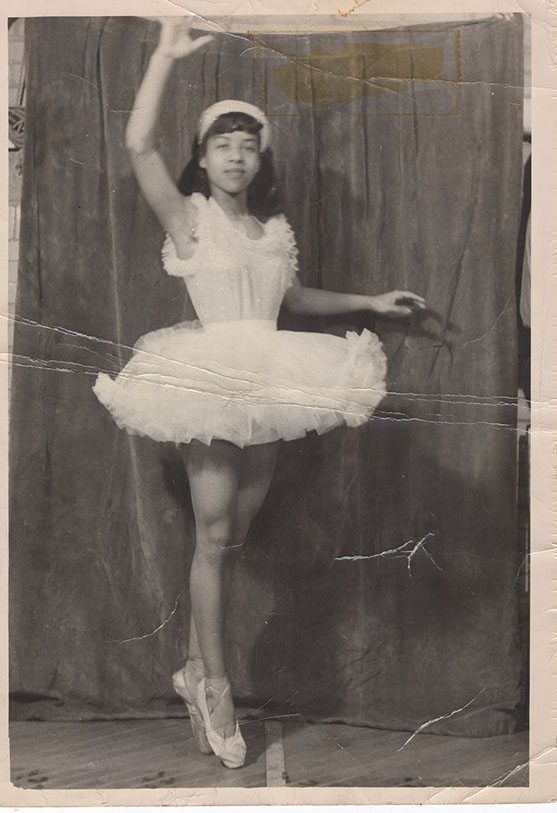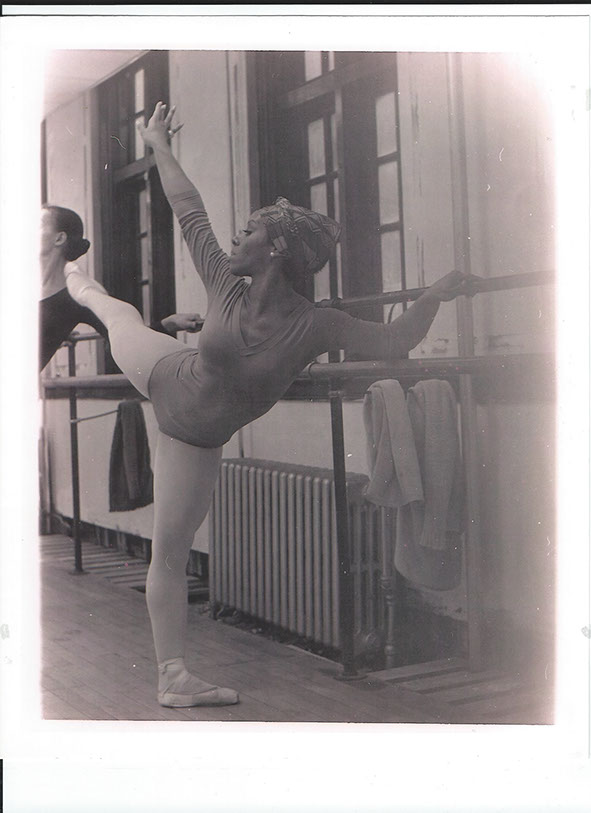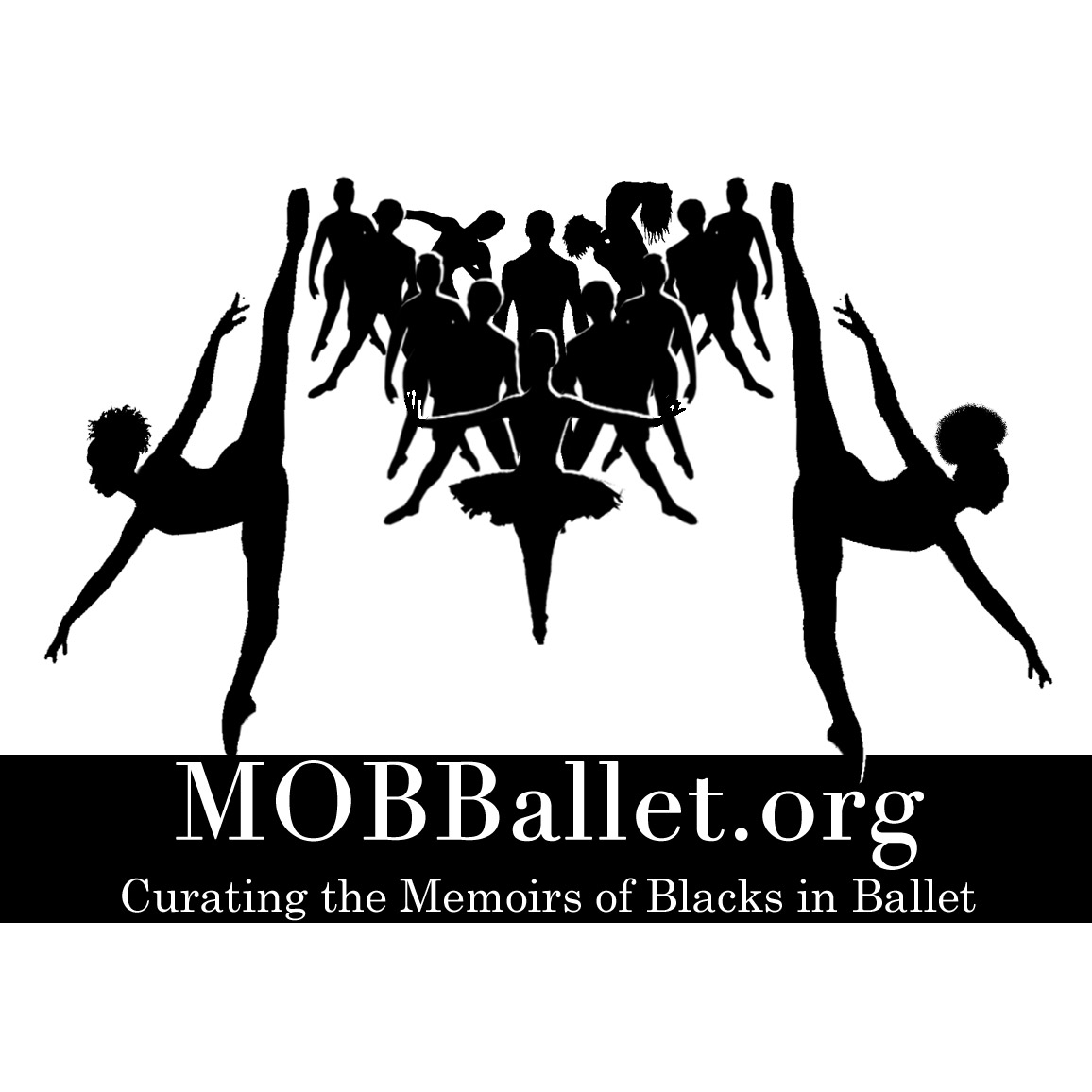Marion Cuyjet and Delores Browne


Native of Philadelphia Delores Browne studied dance at the Judimar School under Marion Cuyjet. Though Browne initially found her outlet at a ballet club run by a public school teacher, Miss Weir, she was discovered by Cuyjet in a performance of Cinderella. Browne, who played the title role in the production, was offered a scholarship to the Judimar School after the show.
Cuyjet recognized her great potential. Physically, Browne was gifted; mentally, she was focused, determined, and courageous. These were the characteristics required if a Black girl hoped to become a professional ballerina.
Browne quickly excelled as Cuyjet’s strongest student and would eventually emerge as the “ballerina” of the school, being cast as the lead in the large performances that the Judimar School put on as a part of the entertainment for Black cotillions. Browne was a hard worker and had innate talent. She was naturally strong and had good feet and legs for ballet. Blessed with a combination of her parents’ genes (her father’s athleticism and her mother’s high insteps), physically she had a body that was amenable to ballet:
I didn’t really have trouble with anything in ballet. And I was so ambitious, I wanted, I wanted to just challenge everything. I wanted to jump as high as the boys. The emphasis was more on overall dancing and not having a specialty. So, Miss Marion and Mr. [John] Hines gave us jumping, big jumping like the boys do, where we were expected to do that.
During the summers, Cuyjet would bring students to New York City in order to advance their training. As the most advanced dancer, Delores was sent ahead of the group to take extra classes at Ballet Arts in Carnegie Hall. She was sent with specific instructions from Cuyjet not to be turned away or diverted to other classes, and if she were, she should demand a full refund. Since Browne was only 15, she was chaperoned by a 19-year-old young man named George Mills. With schedule in hand, Delores checked in at the front desk, and the woman directed her to the “annex.” More afraid of Mrs. Cuyjet than the white receptionist, the small dancer summoned her courage, stood her ground and demanded that she either be admitted to the classes she was registered for or be given her money back. The woman yielded. A few days later, Browne was joined by Cuyjet and her other classmates, and thus Ballet Arts was integrated. But it was not an easy transition.

Miss Marion actually took classes with us because she wanted us to feel safe. And it was summer, so there were people from all over the country who did not like the idea…. [In partnering classes] no boys would come behind us, so Miss Marion said we will partner each other; we’ll alternate. We’ll go back and show our boys, and then we’ll do the whole class when we get home. The next week, we come back, Dokoudovsky calls the girls down. He would place you. And the best man in class got behind me. Then the other men got behind the other girls, and so that was the end of that incident.
At 17, Browne auditioned and subsequently attended the School of American Ballet as one of a few students of color, equipped with the skills Cuyjet instilled in her. In 1991, Browne said:
I still fall back on my Judimar training. It was the strongest foundation for me. When I first went to the School of American Ballet I was one of the few people trained outside of New York that had a good background in ballet terminology. I studied with several teachers after Judimar, but I don’t remember being as impressed as I was with what I received at Judimar. I remember strengthening my training, I remember being coached, but not necessarily learning something new (White-Dixon 26-27).
Browne later danced with fellow Judimar alumni John Jones and Charles Moore in a 1958 Alvin Ailey/Ernest Parham recital. Ernie Parham was also a student at the Judimar School, concurrently with Browne, Jones, and Moore.
Sources:
Marion Cuyjet: Black Ballet Pioneer
Converging Movements: Modern Dance and Jewish Culture at the 92nd Street Y, by Naomi M. Jackson
And Still They Rose: Delores Browne, MoBBallet
White-Dixon, Melanye. “The Legacy of Black Philadelphia’s Dance Institutions and the Educators Who Built the Tradition.” Dance Research Journal, vol. 23, no. 1, 1991, pp. 25–30. JSTOR, www.jstor.org/stable/1478695. Accessed 27 May 2021.
More about Delores Browne

Following her training at the Judimar School, Delores Browne entered the School of American Ballet in New York, NY as a student. She stayed only a year, but she was nonetheless equipped her for professional work—Browne danced with the New York Negro Ballet, Anthony Tudor’s Philadelphia Ballet Guild, and an early iteration of Alvin Ailey American Dance Theater. Her other projects included those with John Jones, Talley Beatty, Geoffrey Holder, and Ballet Alonso in Cuba. She later entered a career in dance education: Alvin Ailey asked Browne to run the first scholarship program at The Ailey School, and she taught at Joan Myers Brown’s Philadelphia School of Dance Arts for many years.
Sources:
Delores Brown, MoBBallet
Sydney King and Marion Cuyjet, MoBBallet

Compiled by Mad Crawford


